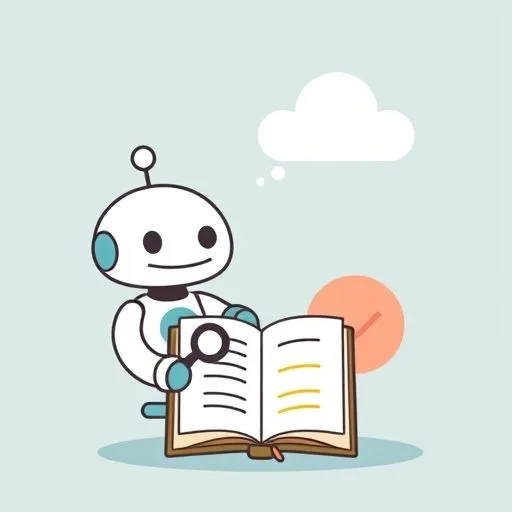
You know that look—the one where her hand hovers, just for a heartbeat, before she reaches for their tablet. It’s not about screens. It’s about the way she watches the light flicker across their faces, wondering if this is where their childhood dissolves. The truth is—we’ve both been there. We’ve all felt the weight of AI tools that promise to help but sometimes leave us more disconnected from the very kids we’re trying to protect. This is about how we’ve realized—together—that parenting with AI isn’t about control. It’s about connection. And that’s where we’ve found her quiet strength again.
The Digital Citizenship Dance: We Taught a Chatbot, It Taught Us Back

Remember when we first heard ‘digital citizenship’? Felt like another buzzword, right? But here’s the thing—I watched my daughter turn it into something real. One evening, with the kids arguing about a chatbot’s homework ‘help’, she didn’t shut down the screen. She sat down. ‘Let’s ask it together,’ she said—and that changed everything.
Suddenly, we were teaching them how to ask questions, not just accept answers. How to check if AI’s ‘facts’ matched their own curious minds. It’s not about banning AI tools—it’s about using them to teach: ‘How do you know this is true?’ ‘What would happen if we tried it this way?’ Her hands on the keyboard, the kids leaning in… that’s where we saw the gap between tech and real life just disappear.
I’ll never forget when my daughter asked the chatbot why the sky is blue—we ended up looking it up together and laughing at its poetic answer.
The Safety Net Isn’t Built of Code: It’s Built of Her Questions

Cyberbullying. Weird content. We’ve all lost sleep over it. But here’s what she’s figured out—the best filters aren’t software. They’re conversations. We’ve all seen that moment when she’ll ask, after a long day, ‘What’d you chat with today? Anything cool? Or maybe… something that felt off? Because that’s not a ‘you’ problem—it’s an ‘us’ problem.’
No screenshots. No lectures. Just a safe space to ask, ‘What if…’ We’ve learned to use AI tools to start those conversations—not just monitor them. ‘Hey, what if we asked ChatGPT to role-play what to do if someone says ___?’ It’s not about surveillance. It’s about equipping—together.
The Balance Between Bytes and Bedtime Stories: How We Reclaimed Rhythm

AI’s great at scheduling—but we almost lost our souls to it. We remember those days when the screen ruled the schedule? ‘Alarm set to watch math videos—AI says 7:30pm is optimal for retention.’ But it was breaking the rhythm—the quiet stories, the raw jokes, the bedtime rituals that have nothing to do with algorithms.
The turning point came when she reset the AI: ‘Hey, schedule—leave room for impromptu stargazing.’
That’s when we started using AI to protect, not just plan, the moments that mattered. ‘AI, remind me—when they ask to play outdoors, even if it’s not my ‘most productive’ time—say yes.’ And you know what? That simple shift brought back the magic of spontaneous laughter we thought we’d lost.
Source: Over half of Japanese game companies are using AI in development according to a new survey, including Level-5 and Capcom, PC Gamer, 2025/09/27
